Where Can I Take Scrap My Non Working Vehickle Junk Yards That Buy Cars Near Me
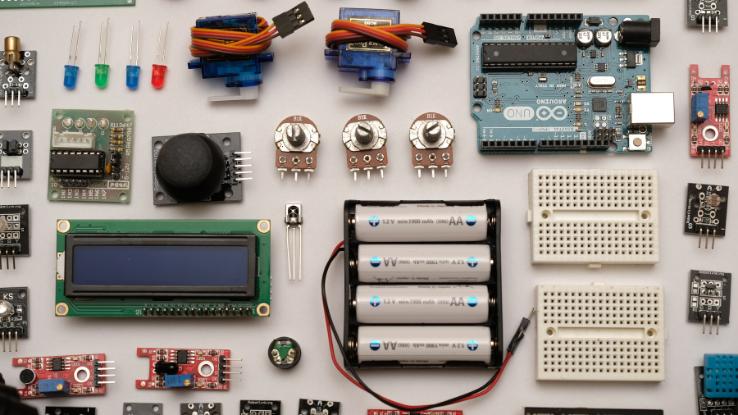
Cars take come a long way from the days of Ford'southward Model T, and car sensors take played a key part in that development. Whereas cars once relied solely on mechanical and electro-mechanical systems to function, modern vehicles use a large number of sensors to manage everything from emission levels to automatic braking systems (ABS).
Understanding how car sensors work isn't piece of cake, since they're made for many unlike purposes and work in numerous ways. Nonetheless, if you own a automobile, it'due south practiced to know how the technology propelling you at 60 miles an hour actually works. These are the secrets backside car sensors that make motor vehicles every bit we know them today possible.
Cars Earlier Car Sensors
When cars get-go began to take the streets, they were much simpler than they are today, with the most complex technology involved beingness the combustion engine itself. Each part of the engine likewise managed itself — the carburetor regulated fuel, the mechanical distributor took intendance of the sparks and so on. Every part of the automobile did its job separately.
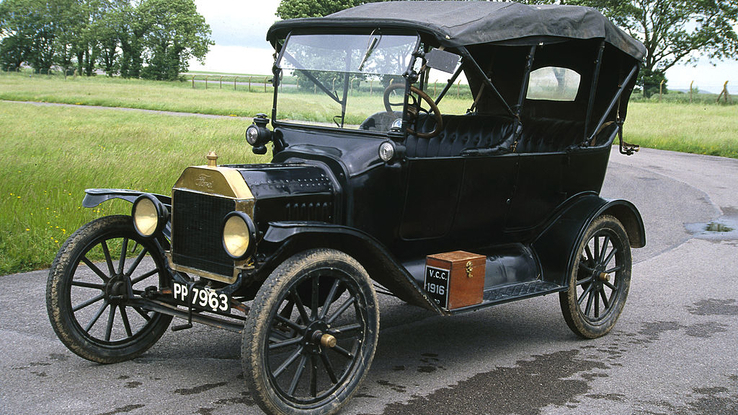
If a part wasn't doing its job finer, however, at that place was no way to change the part's behavior without manually replacing it. As a outcome, cars needed a lot of maintenance, both because it was the only fashion to catch a malfunctioning part before it stopped working and considering that was the only manner to continue those parts working efficiently.
Motorcar sensors changed things by not only notifying the driver when something wasn't working but too by adjusting how parts behaved — even when they were functioning correctly — for maximum performance. Starting with emissions controls and other technologies in the 70s and 80s, motor vehicles began to use bones analog sensors that could make simple decisions to bear on how the car ran.
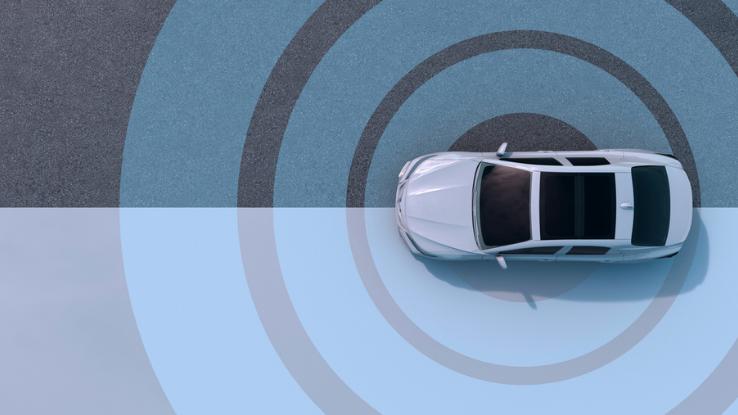
With the ascent of modern computers, analog sensors were replaced by much more powerful digital ones that could monitor all kinds of things, even steering and the presence of other vehicles on the road. Considering of this, modern cars tin perform more tasks and run more than efficiently than always before, and self-driving cars that manage themselves using information from car sensors are condign more than prevalent.
While mechanics withal recommend periodic inspections (commonly every 35,000 miles or so), the development of motorcar sensors ways that many problems are less probable to happen and more probable to exist identified sooner. Diagnosing a problem is as well easier for mechanics. All U.S. cars made in 1996 or later contain an onboard diagnostics (OBD) system, a reckoner that receives all information from a car's sensors. Some other computer can be used to tap into the OBD and extract the information every bit code, which a mechanic or other skillful tin use to place problems that the driver likely hasn't even noticed withal.
Chemistry, Physics and Car Sensors
Most of the sensors in your vehicle are used to monitor your engine and drivetrain (the parts that let the engine turn the wheels) in some way, and they often use chemical reactions to exercise so. The oil level sensor, for case, uses a magnetized sealant to observe changes in oil levels. When there'due south plenty lubrication, the sealant flows back and forth without forming a full loop. When there isn't, a switch deactivates, allowing the sealant to course a excursion, which in plow sends an electric signal that notifies your OBD of a problem.
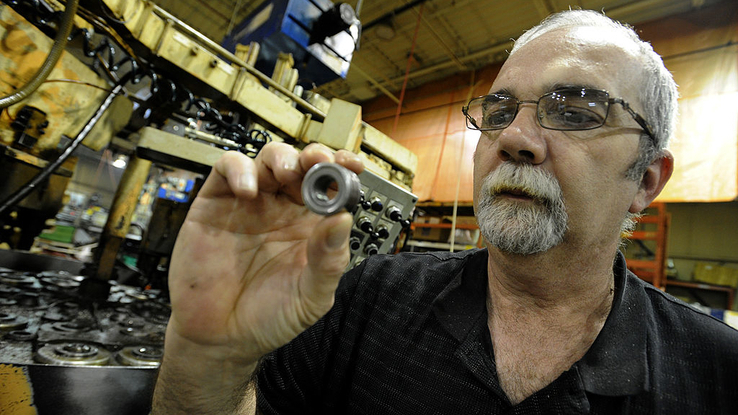
Similarly, the aptly named water-in-fuel (WiF) sensor detects the presence of h2o in your gas tank by testing your fuel'due south electrical conductivity. While water is highly conductive, gasoline isn't. By using electrodes to employ a current, the sensor can notice the presence of water, which can cause issues with ignition and acceleration.
Other sensors use temperature, pressure and other means to measure everything from the temperature and pressure of air entering your engine (the mass airflow sensor) to the proximity of other vehicles (the machine parking sensor, which uses either electromagnetic or ultrasonic pulses to approximate distances). What all car sensors have in mutual is their reliance on chemistry and physics to detect changes in the car and its environment.
Technological Advances
With and so many sensors sending signals throughout the car, you might await to find electrical wiring throughout your motorcar. Notwithstanding, while in that location's definitely some, too much wiring would actually be a trouble for motorcar manufacturers, as wires take up infinite and weight capacity that are both in brusque supply in a car. So how have engineers managed to add together more and more car sensors to vehicles over time?
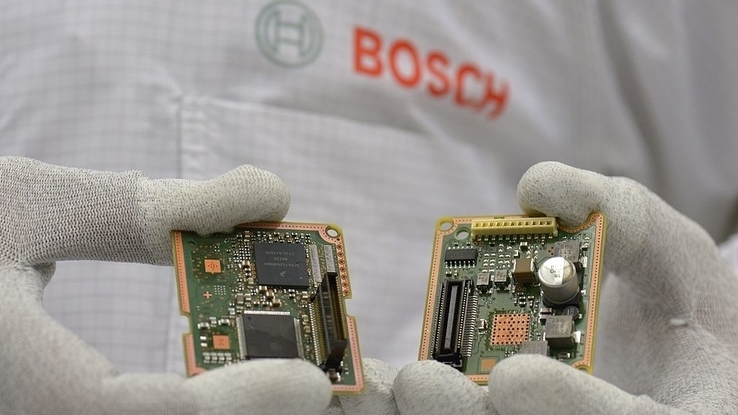
Although the OBD receives signals about the statuses of all parts of the car, it'due south actually not the but computer in the car. Instead, unlike computers throughout the motorcar monitor different sensors and operate unlike components of the car. By sending multiple kinds of information through a unmarried betoken — a process known every bit multiplexing — these computers are able to efficiently manage their set tasks and communicate with each other about what different car sensors are reporting. And it all happens while you get to relish the comforts of your car, focusing simply on the road ahead of you.
Source: https://www.questionsanswered.net/autos/what-are-car-sensors-and-how-do-they-work?utm_content=params%3Ao%3D740012%26ad%3DdirN%26qo%3DserpIndex
Belum ada Komentar untuk "Where Can I Take Scrap My Non Working Vehickle Junk Yards That Buy Cars Near Me"
Posting Komentar